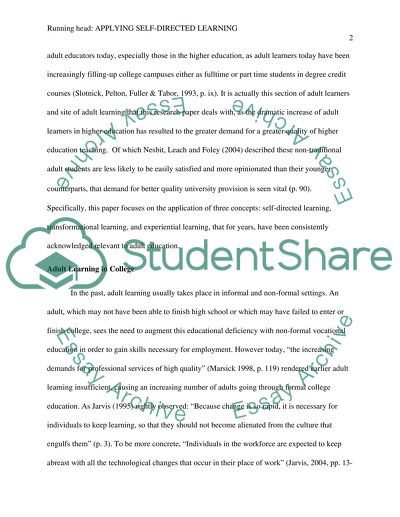Cite this document
(“Applying Self-Directed Learning and Transformational Learning Article”, n.d.)
Retrieved de https://studentshare.org/education/1392376-applying-self-directed-and-transformational-and
Retrieved de https://studentshare.org/education/1392376-applying-self-directed-and-transformational-and
(Applying Self-Directed Learning and Transformational Learning Article)
https://studentshare.org/education/1392376-applying-self-directed-and-transformational-and.
https://studentshare.org/education/1392376-applying-self-directed-and-transformational-and.
“Applying Self-Directed Learning and Transformational Learning Article”, n.d. https://studentshare.org/education/1392376-applying-self-directed-and-transformational-and.


